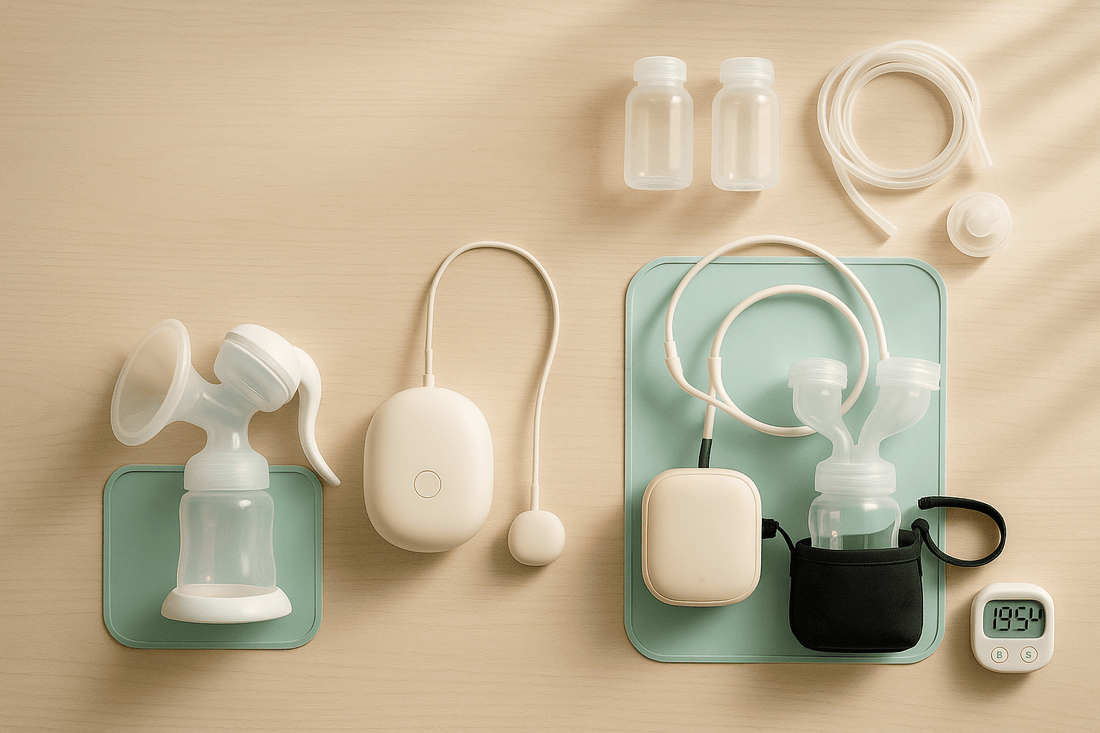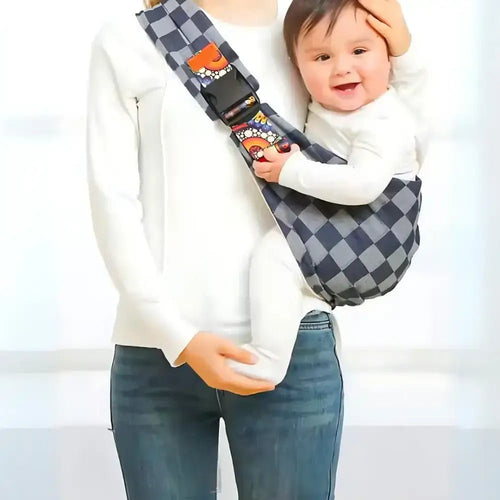
Philips Avent Breast Pumps: Models, Specs & Setup
Choosing a Philips Avent pump? This guide compares the lineup—manual, single electric, and the Double Electric Advanced—so you can pick by measurable specs: access modes, 8 stimulation + 16 expression levels, closed system, power options (corded vs rechargeable), and real-world setup/cleaning steps. Plus, a quick FAQ on “hospital-grade,” suction numbers, and travel/storage basics.
Lineup at a glance (spec table)
| Model | Best for | System | Levels / Modes | Power | Notable features |
|---|---|---|---|---|---|
| Manual (SCF430) | Occasional, ultra-portable | Manual, no tubing | Hand-controlled (Natural Motion) | Manual (no power) | Soft adapting silicone cushion; compact, travel-friendly |
| Single Electric (SCF391) | Everyday use at home/work | Closed system | 8 stimulation + 16 expression | Corded (micro-USB/AC) | Quiet motor; simple display/timer; easy to clean |
| Double Electric Advanced (SCF394) | Efficiency; pump more in less time | Closed system | 8 stimulation + 16 expression | Rechargeable + pumping belt | Natural Motion tech; travel bag; quiet slimline motor |
Natural Motion: how it feels
Avent’s silicone cushion is designed to combine suction and nipple stimulation to trigger let-down quickly with a soft, adaptive seal. The idea: start comfortably, reach let-down without leaning forward, and keep a steady flow with minimal parts to clean.
Modes & levels
Electric Avent pumps offer 8 Stimulation levels to trigger let-down, then 16 Expression levels for deeper, slower pulls. Begin gently; once milk flows, switch to Expression and increase in small steps until flow holds—then stop. Comfort first: the lowest effective level helps output without soreness.

Setup & session tips
- Assemble & seat parts: Fit valves/membranes and any backflow protectors snugly to preserve the closed system.
- Align fit: Center your nipple; if you feel rubbing/blanching, reassess flange size.
- Start in Stimulation: Use a gentle level to trigger let-down; then switch to Expression.
- Fine-tune: Raise suction gradually; aim for steady flow with comfort.
- Hands-on pumping: Light compressions can help emptying.
- Typical duration: Double sessions ~15–20 minutes; stop when comfortably empty.
- Between sessions: For surface tenderness, some parents use silver nursing cups between feeds—remove before pumping or nursing.
Flange sizing (mm): fit = output
Measure nipple diameter in millimeters (exclude areola) and choose the closest flange size. Signs you may need a different size: rubbing, blanching, nipple pulling too deep into the tunnel, or persistent soreness. If unsure, test one size up/down or consult an IBCLC.
Cleaning & safe milk storage
- Parts care: After each session, wash milk-contact parts with hot, soapy water; rinse well and air-dry. Sanitize per brand instructions.
- Fresh milk storage: Room ≤77°F (25°C) up to 4 hours · Refrigerator up to 4 days · Freezer ~6 months best (≤12 months acceptable).
- Thawed milk: If thawed in the fridge, use within 24 hours; do not refreeze; avoid microwaving.
- Travel cooler: With frozen ice packs in an insulated cooler, milk typically stays cold for up to ~24 hours; transfer to fridge/freezer upon arrival.
FAQ
Is “hospital-grade” the right way to compare pumps?
No. The FDA does not recognize “hospital-grade.” Compare measurable features instead: closed system, maximum suction (if published), comfort, portability, warranty, and service model.
Does Avent publish suction (mmHg)?
Philips emphasizes comfort and 8+16 levels rather than a public mmHg spec. Some retailers list figures (e.g., up to ~270 mmHg) for the Advanced line; treat retailer numbers as indicative and always pump at the lowest comfortable setting.
Is the Double Electric Advanced rechargeable?
Yes, the Advanced double kit includes a rechargeable pump with a belt, bag, and pouch for portability. Single Electric models are typically corded.
Are Avent electric pumps closed-system?
Yes—designed to keep milk out of the tubing/motor path when assembled correctly.


